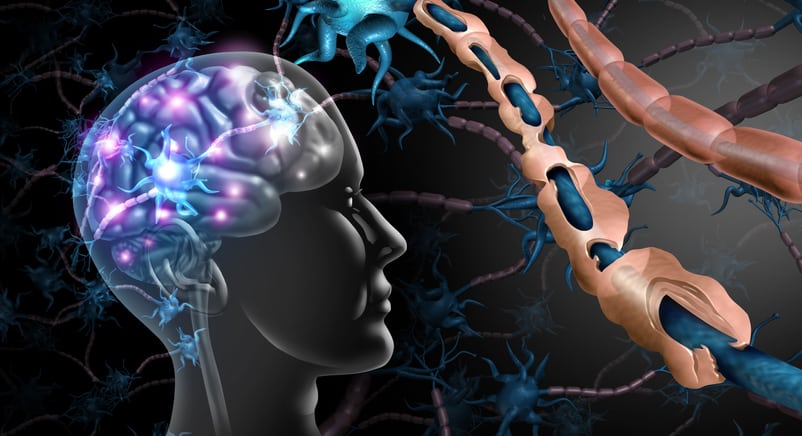A person’s ability to recognise familiar faces is critical to their participation in many aspects of society. Following an acquired brain injury or retinal disease, however, faces can appear distorted, a phenomenon known as prosopometamorphopsia. Although case reports have described a variety of changes in the appearance of faces during prosopometamorphopsia, the influence of the disorder on face recognition has not been rigorously investigated. In the present report, we quantify how well healthy observers can recognise familiar faces that have been distorted using a parametric model of prosopometamorphopsia. Our results reveal that face recognition varies systematically with the parameters of visual distortion, which, importantly, interact with the size of the face in a nonlinear but highly predictable manner. Our findings demonstrate that prosopometamorphopsia can lead to a surprising range of changes in the appearance of faces. The impact of visual distortion on face recognition thus depends critically on the distance at which the face is viewed, which is likely to change across social and clinical contexts.Copyright © 2021 Elsevier Ltd. All rights reserved.
The influence of visual distortion on face recognition.


